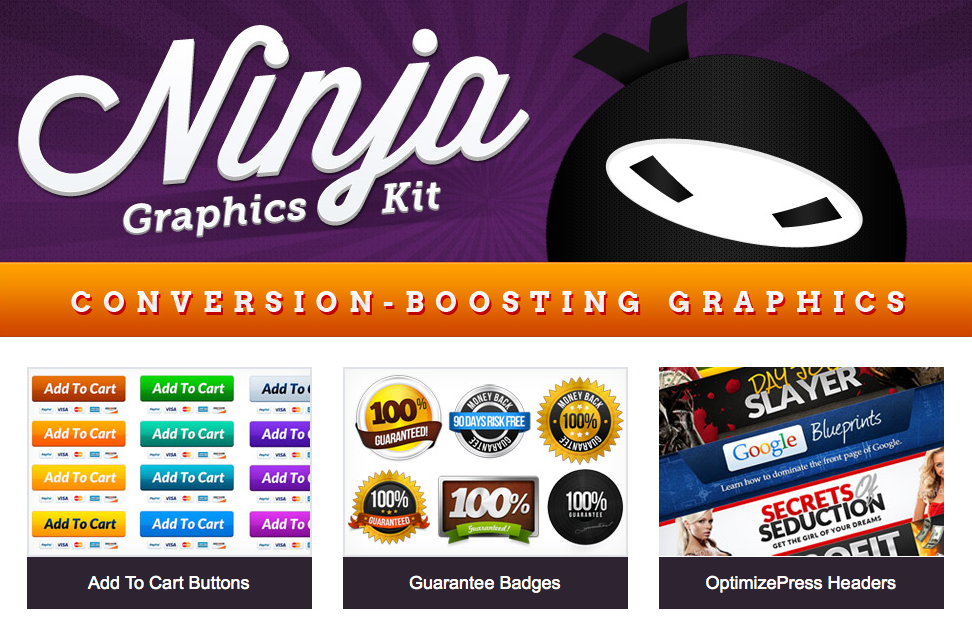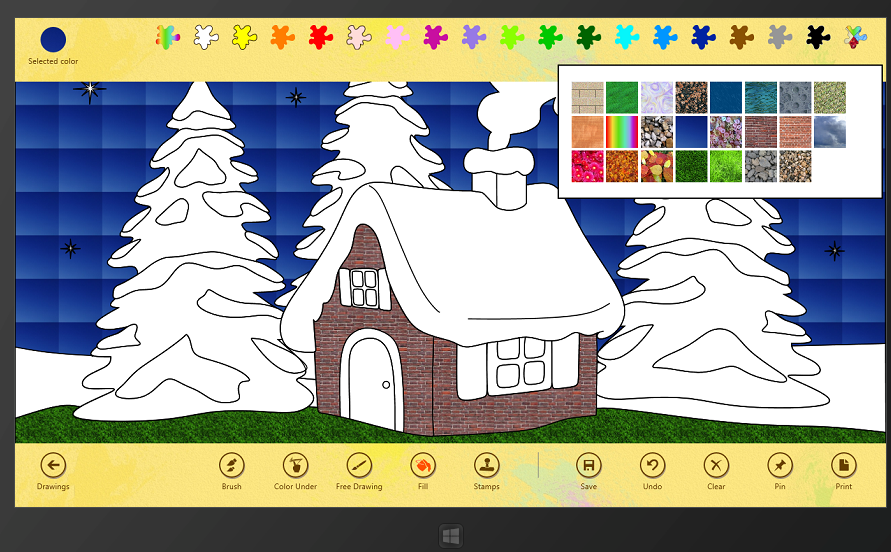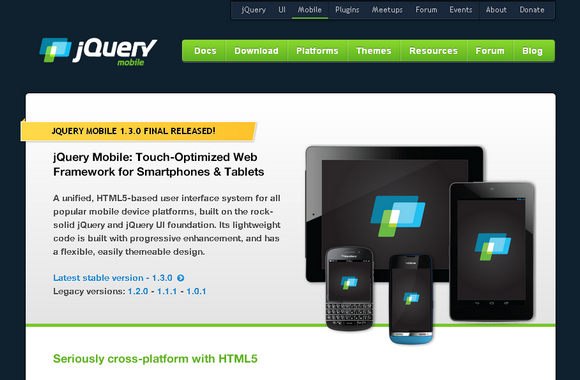In the final article in this series, we move from content isolation and validation to an examination of how modern browsers protect your mashup’s users. By the end of this article, you’ll understand some of the safety measures that browsers provide against malicious input from mashup providers and see how a strategy that incorporates all the elements I’ve covered leads to a more secure mashup.
The Window into Your World
In the previous articles, I described building a mashup application for the fictional Contoso company. This mashup creates a world in which data from various locations interacts to create a sum greater than its parts. All the components run inside a Web browser window that users interact with to gain access to this world. These windows help protect users the same way that real windows protect us from the cold, UV light, theft, and other conditions. And just like with real windows, the level of protection you get depends on quality—in this case, the quality of your browser.
Let’s examine three protections that browsers offer to mashups that require very little or no interaction from users. This ambient protection doesn’t need a user to activate it. It’s ready when it’s needed.
Seeds in Your Heap
One Web attack that doesn’t get a lot of attention in the popular media is the heap spray. In a heap spray, the attacker plants bytes (lots of them) in the heap at specific locations to trigger an exploit. Malware attacks are broken down into a few phases: heap sprays address the Delivery phase, and whatever is sprayed into the heap becomes the Bomb phase. This kind of attack is not new, and once launched, it can produce some extremely nasty effects. A great tutorial on heap spray attacks is available at The Grey Corner, where the author uses JavaScript to inject a heap spray into the browser. The result of the tutorial is the execution of a reverse shell to control the victim’s system. By using tools like Metasploit, attackers can craft payloads that will cause real problems for your users.
Imagine in our mashup application that the Physical Security department’s JSONP travel-alert data feed is compromised. The attacker who compromised the feed embedded a heap spray that will be delivered when the JSONP method is executed to return the JSON object. This attack vector could spell disaster for your users if their browser is not protecting them. Read the rest of this entry »
Working with CSS in Web documents, we often find ourselves using the fundamental screen unit, the pixel—a square, nondivisible part of every display device (well, visual screens anyway) that distributes little sources of light in a regular, perpendicular grid.Because the majority of Web developers’ work focuses on creating pixel-perfect manifestations of designs delivered in pixel-based, noninteractive image formats, we tend to forget that the Web offers more than just pixel values for expressing lengths and sizes with CSS. This knowledge is fundamental for dealing with responsive Web design, where understanding how CSS length units work is crucial to correctly assigning sizes to objects and aligning elements on the page.
In this article, I’ll look at these units of measure and describe how they behave and apply to elements in documents. (Keep in mind that a fair bit of book typesetting is done in CSS as well, so it’s not just HTML documents we’re dealing with.)
Relative vs. Absolute Units
In terms of measurement, every length is expressed in relation to some basic unit. All measurement systems provide a standard set of units with which to compare and calibrate all other units and measurement devices.
Units (as far as CSS goes) can be absolute or relative, depending on whether their basic unit depends on the context within which it’s used. For computer displays, the basic unit is the pixel, to which all other units are recalculated when objects are finally rendered to the screen. Although the pixel is treated as a relative unit, it is nevertheless dependent on two parameters: the screen’s physical size and its resolution. I’ll cover how pixels relate to physical units later in the article.
Other units, such as percentages (denoted by the % symbol), are dependent on the context of their use. They can express a proportion of a container’s width or height or a proportion of the current font size or line height.
First, let’s cover absolute CSS units. Read the rest of this entry »
In the first article in this series, I covered cross-origin resource sharing (CORS) and building iframe sandboxes and described how to use these techniques in mashup applications to consume data from other domains and provide a layer to a defense-in-depth strategy. In this article, I’ll start exploring how to consume data from CORS connections (or any Ajax connection) by defining a level of trust and then sanitizing accordingly. To do this, I’ll build on top of the guidance provided by Project Silk. First, let’s discuss trust and how mashup applications in the enterprise provide a unique challenge to the existing paradigm.
Trust or the Lack Thereof
In Writing Secure Code, the authors put forth an excellent mantra: “All input is evil.†In the world of enterprise mashup applications, this is true, but some input is more evil than others. As an example, does a data feed from your company’s human resources system pose the same threat as a data feed from Twitter? Another common expression about software security is “all external systems pose a threat.†Again, this is true, but security is about risk management, which needs to stay a central focus in your mashup development process. Risk is a combination of the impact of a threat (a threat is an exploitation of a vulnerability in the system) and its probability of execution. The types of threats that a HR data feed present probably have a lower impact than threats that could be realized by consuming a Twitter feed. A Twitter feed can be any text content provided by any user, while the HR feed would be a structured set of data points provided and verified by members of the HR department. This gives the HR system a lower risk (assuming the probability of execution is lower or equal to Twitter). When considering the trust of systems, extend your vision of input to include the content coming from your mashup providers and also weigh trust for internal vs. external providers.
Here are some questions to consider when building your input validation for mashup providers:
- What is your organization’s culture toward risk? Are you risk adverse or less concerned about risk when functionality is at stake?
- What is the history of the provider? As an example, if you know that an internal provider has had malicious code posted to its site by disgruntled employees, you would obviously want to keep an eye on this provider.
- What kind of data are you receiving from the provider? Take Twitter vs. Bing Maps, for example. The type of content coming from Bing Maps is different from the content coming from Twitter (depending on the API). How does that impact your trust of the provider?
- Does the data cross a trust boundary in your threat model?
Mashup Data = Input
Overall, your goal is to securely consume data from various sources, some trusted and others not as trusted. “Data from various sources†is a long way of saying “input,†which means you need to consider the three elements of input validation: constrain, reject and sanitize. Constraining input is not only limiting what is permitted. It also means reducing the possible entry points into the system. (In information security, we call this “reducing the attack surface.â€) You need an input chokepoint through which all consumed data must pass. Fortunately, the nice folks at Microsoft patterns & practices have provided a great design to do just that with the Data Manager in Project Silk. Read the rest of this entry »
One of the most stubbornly persistent misconceptions about HTML5 is that it’s effectively unusable for years to come. With that myth and the uncertainty over fragmented browser support for HTML5’s new features, it’s easy to find someone with reasons for avoiding HTML5 right now.
But while some features are legitimately not ready for use in production, many of the new APIs in HTML5 have solidified enough to be relied on in newer browsers like Chrome, Firefox 4 and Internet
Explorer 9. In fact, even Internet Explorer 6 includes support for one of HTML5’s “new†features, contentEditable. More importantly, many of the new features in HTML5 are compelling enough that waiting another decade to begin using them doesn’t make sense.
Cross-Browser Support
The most nagging issue with making the leap to HTML5 is that most of us have no choice but to support a variety of older browsers that have little or no support for the most useful new APIs. The thought of adopting a new Web technology conjures up nightmares of cross-browser inconsistencies, unmaintainable branching code, browser sniffing and a host of other problems. However, there’s an underappreciated technique that can entirely mitigate those problems for certain new features of HTML5 and still allow you to develop against the new APIs as though all your users had upgraded their browsers overnight: polyfills.
Polyfilling is a term coined by Remy Sharp to describe an approach for backfilling missing functionality in a way that duplicates the missing API. Using this technique allows you to write application-specific code without worrying about whether or not each user’s browser implements it natively. In fact, polyfills aren’t a new technique or tied to HTML5. We’ve been using polyfills such as json2.js, ie7-js, and the various fallbacks for providing transparent PNG support in Internet Explorer for years. The difference is the proliferation of HTML5 polyfills in the last year. Read the rest of this entry »
Beyond the buzz of Web 2.0, mashup applications (also called hybrid or situational applications) bring the promise of creating meaningful experiences by feeding other people’s data to your application. For businesses, this means consuming data without the overhead of infrastructure or data storage and being able to tap into established technology vendors such as Bing Maps, LinkedIn or Twitter. While combining components from all over the web can help you quickly build a powerful application, it can also expose your users to malicious content that sneaks into your application from your providers. How can you protect your users and still realize the potential of mashup applications for the enterprise?
In this series, I’ll investigate how to mitigate security issues that can come along with a mashup application. To frame the discussion, we’ll build an application for the fictional Vision Sciences Corporation, leveraging risk management, good-old input validation and the muscle of modern browsers to keep users safe. Each article will focus on one of these elements, starting in this article, where I’ll examine how modern browsers help isolate content. At the end of this article, you’ll understand how the browser is the first layer in your defense-in-depth strategy against malicious mashup madness.
What Are We Building?
I always find a sample project helpful to illustrate development issues. Talking about the sample lets me dive into a narrative, not just detached code. So to start, imagine the following scenario:
You are a developer at Vision Science Corporation, and your product team has requested that you build an HTML5 application for the company’s office locations around the world that shows news about health and safety risks combined with medical information distilled from Twitter.
Being a savvy developer, you know that you can get this data from a variety of sources in your organization and through external providers like Bing Maps and Twitter. Here is a breakdown of the data sources and systems for the application: Read the rest of this entry »
Looking to better monetize your site? Having some serious issues with conversions? If you’ve got the traffic but aren’t making the profits, then you could certainly use some help. Now, don’t go throwing thousands of dollars down the drain by paying an agency to simply analyze your site and come up with some new creatives for you. Instead, do it all yourself at a fraction of the cost.
With the Ninja Graphics Kit, you’ll get all of the essential conversion-boosting graphics you’ll ever need. We’re talking one massive, ginormous bundle of high-quality, professional graphics that cater towards increasing sales on your site. And thanks to this Mighty Deal, you can convert a 60% savings for yourself!

This massive collection of conversion-exploding graphics currently sells for $39, but for a limited time only, you can get it all for a mere $14!
Paint 4 Kids is a Windows Store app, specifically designed for kids. A simple app for coloring and drawing. You can read of the consumer’s features directly from the Windows Store site, where you can also see some screen shots. For this article, you can simply think of an app that has several drawings and you can interact with them.
From a technical perspective, it is entirely built using standard web technologies, like HTML, CSS, JavaScript and SVG. Consider an important aspect here: with Windows 8, we are writing an app reusing our web skill and we are developing for the web platform, using the underlying HTML5 support of the Internet Explorer 10 rendering engine. So one immediate benefit is that we do not have to test and support all the different browsers versions and do not have to use some polyfills to emulate the new API features in old browsers. We can use the best of the web platform and use some specific API of Windows 8 directly in JavaScript.
This article is about to discuss the use of Scalable Vector Graphics (SVG) in Paint 4 Kids, starting from some requirements of the project, going to address them and some pitfalls using SVG. I hope that some of these considerations could apply to your apps as well.
Requirements and why using SVG
Windows Store app give you a great opportunity in terms of markets where you can distribute and sell your apps and in terms of devices where your app can run. Think that your app can be used on devices with different screen sizes, different screen resolutions and pixel densities. This must be considered and looking through this article gives you a very good technical understanding on how to scale your app to different screens and how to test your app using the Windows Simulator.

One of the requirement is that we want to have a single drawing that will show well at different resolutions. We ended to use SVG that is a vector image format for two-dimensional graphics. Our approach is to create a drawing at a specific resolution 2560×1440, see later for details, scaling down to the current user’s resolution. Another advantage is that is very simple and fast to fill a path with a color in SVG, that it is one of the main feature of the app. When a user tap the screen it is simple to intercept the corresponding portion of the drawing and fill the path with a specific color.
Read the rest of this entry »
There’s no doubt about it. Wherever developers look and whoever they talk to, mobile is at the top of the list. Talk to a C-level executive, and the conversation turns to mobile, and the question “How do I get me some of that?†comes up. Talk to other developers, and they tell you they’re targeting mobile devices. Mobile has become a big deal as smartphones have taken hold in the consumer marketplace.
In the years leading up to the current focus on mobile applications and devices, Web developers have been adding more and more client-side functionality to their applications. You can see this in the use of client-side JavaScript libraries like jQuery.
With the growth of the market for mobile devices, the ability to create applications that run across platforms is very important for developers and for businesses that are trying to keep their expenses in check. There are a set of applications, mostly in the area of content consumption (think Amazon.com), that run well in a mobile Web browser. Unfortunately, there are differences between Web browsers on various mobile devices. The goal of the recently introduced jQuery Mobile (jQM) library is to provide cross-browser support to allow developers to build applications that can run across the various mobile Web browsers and provide the same—or at least a very similar—user interface.

The jQuery Mobile library was introduced in an alpha release in the fall of 2010 and released to manufacturing in November 2011. At the time of this writing, the current version of jQuery Mobile is 1.1.1. By the time you read this, jQuery Mobile will almost certainly have reached version 1.2.0. The library has been embraced by Microsoft, Adobe and other companies for mobile Web development. In August 2011, jQM had 32 percent market share compared with other mobile JavaScript frameworks such as iWebKit and jQTouch. This market share is impressive given that it started from zero little more than 12 months ago, and the 1.0 release is the first officially supported release. Read the rest of this entry »
Sure you’ve got the ideas, but you don’t have any programming experience, and you do not know how to setup a basic blog on WordPress. Now you can now get yourself up and running quickly thanks to Ultimatum. This robust drag-and-drop template builder works with WordPress to create limitless layouts for your site. No need to ever hunt down another template again. With Ultimatum you can easily just create a new one.
The Ultimatum Developer’s Edition gives you everything you need to make your mark on the Internet. Besides a true drag-and-drop layout builder, you’ll be able to use unlimited templates on your sites, access a powerful Style Editor for countless CSS options, as well as integrate unlimited fonts, forms, slideshows and SEO throughout all of your sites.

Best of all? You can grab the full featured Ultimatum Developer’s Edition for just $57 right now! That’s more than 50% off the standard price of $125, or if you’re just looking for a more basic Starter License for a single site, it’ll run you just $35, instead of the normal $65.
Today’s front-end developers don’t just need to understand how to write CSS, we need to know how to write it efficiently. And what “efficiently†means can depend on your project and environment. Perhaps you have a team with several members working in the CSS and you need an efficient way to work together. Or maybe you have a huge enterprise site and you need your CSS optimized for speed. You could even be working with a legacy system that restricts access to HTML, which means you need efficient selectors to effectively style elements without ids or classes. You might even face all these situations and more.
Whatever your goals for CSS are, the best way to reach them is to know your options, and that means understanding all the selectors available to you. Most of us are already familiar with id and class selectors, and I introduced you to the beauty of attribute selectors in “Understanding CSS Selectors.†But there’s so much more.

In this two-part series, I’ll look at the new selectors in CSS3, starting with structural pseudo-classes.
What’s a Pseudo-Class?
CSS pseudo-classes target elements that can’t be targeted with combinators or simple selectors like id or class. You use pseudo-classes to select elements based on their attributes, states, and relative position. For example, you are probably already familiar with pseudo-classes for link states: Read the rest of this entry »








